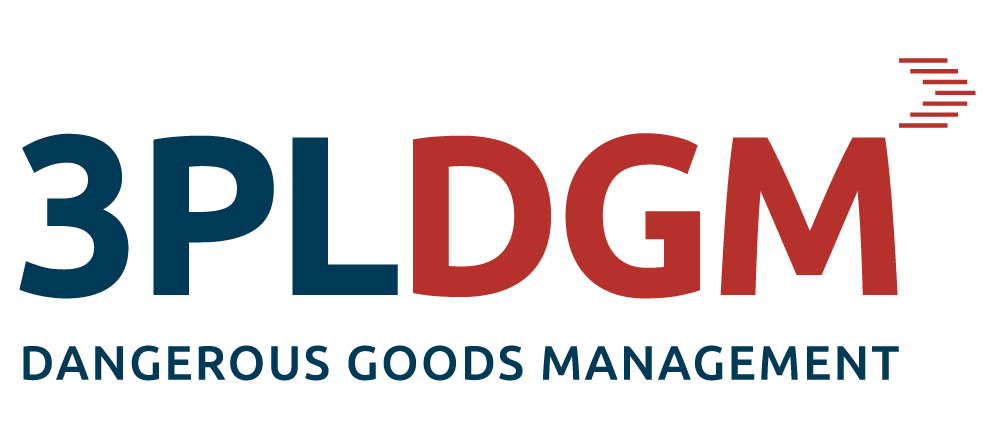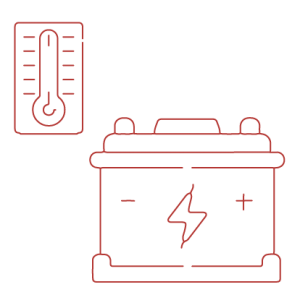WHAT IS DANGEROUS GOODS?
Dangerous Goods are materials or items which are capable of posing a risk to health, safety, property or the environment when are transported in commerce.
There are nine classes of dangerous goods, knowing which class your item falls under is the first step to reduce the risks posed by the product with proper packaging, handling and transport.












